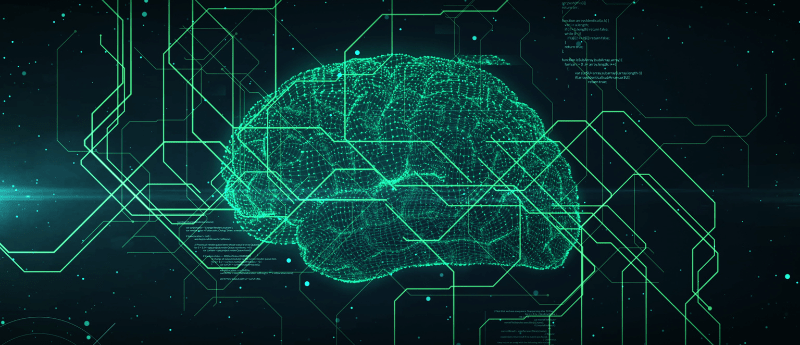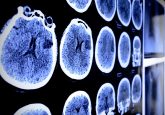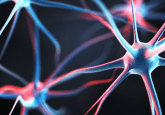How can AI help provide real-time insights into glioblastoma disease progression?

 Dr Radka Stoyanova is Professor and Director of Imaging and Biomarkers Research at the Sylvester Comprehensive Cancer Center, Miller School of Medicine, University of Miami (FL, USA). She is currently working on an innovative approach to trace glioblastoma tumors in large MRI datasets using machine learning. In this interview, Stoyanova speaks with Senior Editor Jade Parker about how this trailblazing research could be applied in clinics and key opportunities for women in brain tumor research.
Dr Radka Stoyanova is Professor and Director of Imaging and Biomarkers Research at the Sylvester Comprehensive Cancer Center, Miller School of Medicine, University of Miami (FL, USA). She is currently working on an innovative approach to trace glioblastoma tumors in large MRI datasets using machine learning. In this interview, Stoyanova speaks with Senior Editor Jade Parker about how this trailblazing research could be applied in clinics and key opportunities for women in brain tumor research.
What advantages does MRI-guided radiation therapy offer in terms of real-time insights into glioblastoma disease progression?
Acquiring MRI during radiation treatment (RT) provides a unique glimpse into the cancer’s evolution. The ability to gather information on glioblastoma response earlier than standard imaging (at 3 months post-RT) is crucial for timely clinical management adjustments, especially in rapidly growing tumors such as glioblastoma. The contemporary MRI-guided RT platforms acquire daily MRI scans that provide an accurate anatomical characterization of the changes both in the tumor and the surrounding brain tissues. An exciting potential benefit is the analysis of serial MRIs to monitor treatment response or predict outcomes. My research group focuses on developing approaches for optimal extraction of information from large imaging datasets and utilizing longitudinal MRI data to enhance data mining. In addition to detecting the tumor volume changes, a series of quantitative imaging features can be extracted from the underlying image and using this process, referred to as radiomics, we can build models to predict the response of a patient to a particular treatment. In addition to the tumor, analyzing the radiomics features derived from the “normal-appearing” brain tissues may provide further important information for the changes in the tumor environment that may be a crucial contributing factor to the overall response and patient outcomes.
Can you elaborate on how artificial learning is applied to determine whether the tumor is shrinking or growing during the treatment process?
Our preliminary data from a limited patient set suggests differential patterns of tumor volume dynamics during RT related to the patient’s response/resistance to treatment. Of note, there are 30 three-dimensional datasets acquired during RT of glioblastoma. The manual contouring of the tumor on multiple slices is time consuming. On average, 30−60 minutes are needed to contour a single exam, which results in 15−30 hours per patient. Moreover, some of the cases are quite challenging and require more input and hence the valuable time of an expert radiation oncologist specialized in brain tumors to help in contouring. While software packages for automatic segmentation of glioblastoma exist, they were developed on data acquired on a stronger magnet and from multiple sequences that are not available on the MRI-guided RT platform. The developed deep learning network will allow the rapid collection of data that will further strengthen our initial observations for differential patterns of tumor volume dynamics.
How would you like to see this research applied in clinic?
The developed network can segment a single dataset in less than 3 minutes thereby enabling real-time monitoring of the changes in tumor size and anatomy…
The opinions expressed in this interview are those of the author and do not necessarily reflect the views of Oncology Central, Neuro Central or Taylor & Francis Group.




